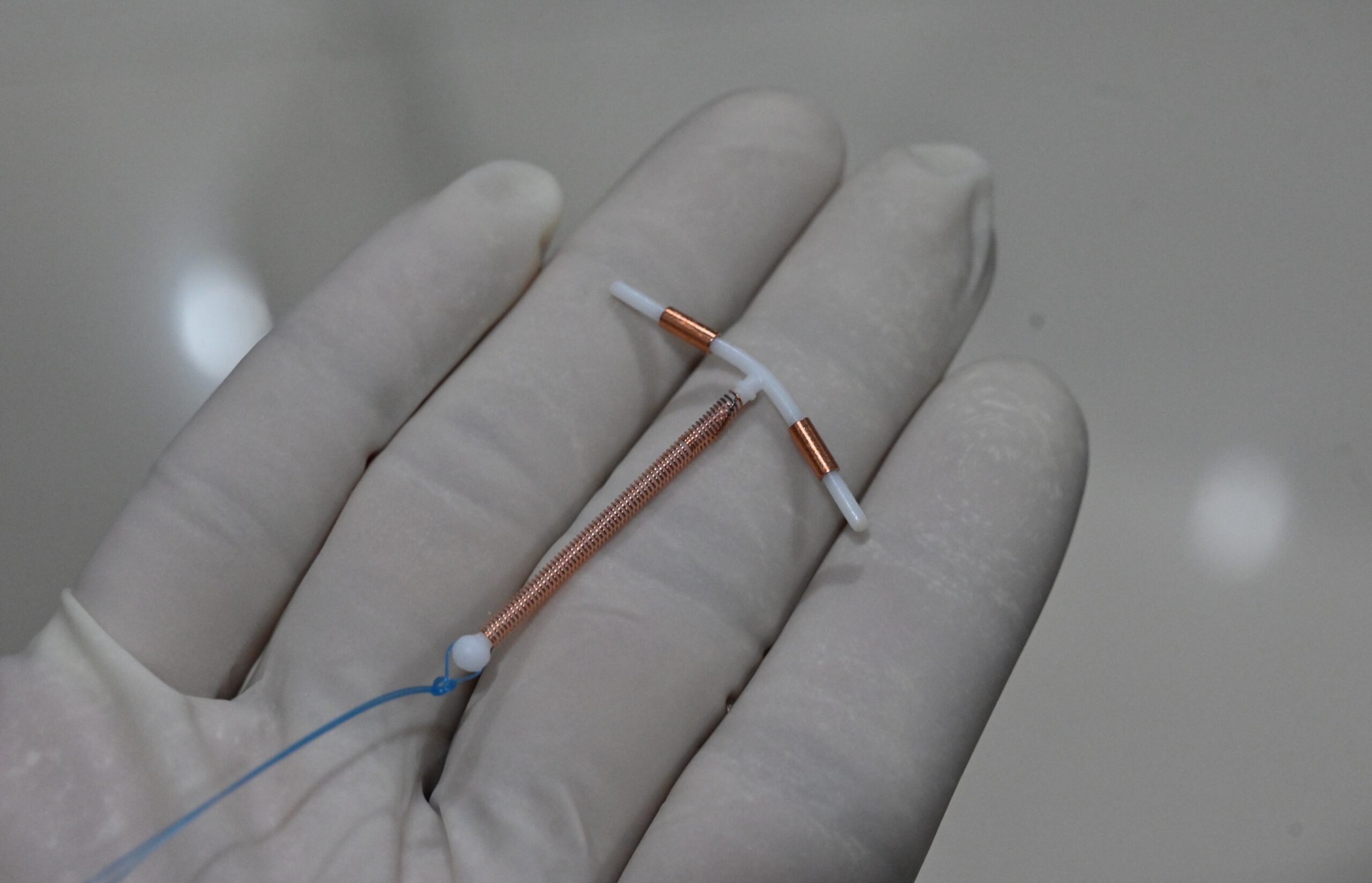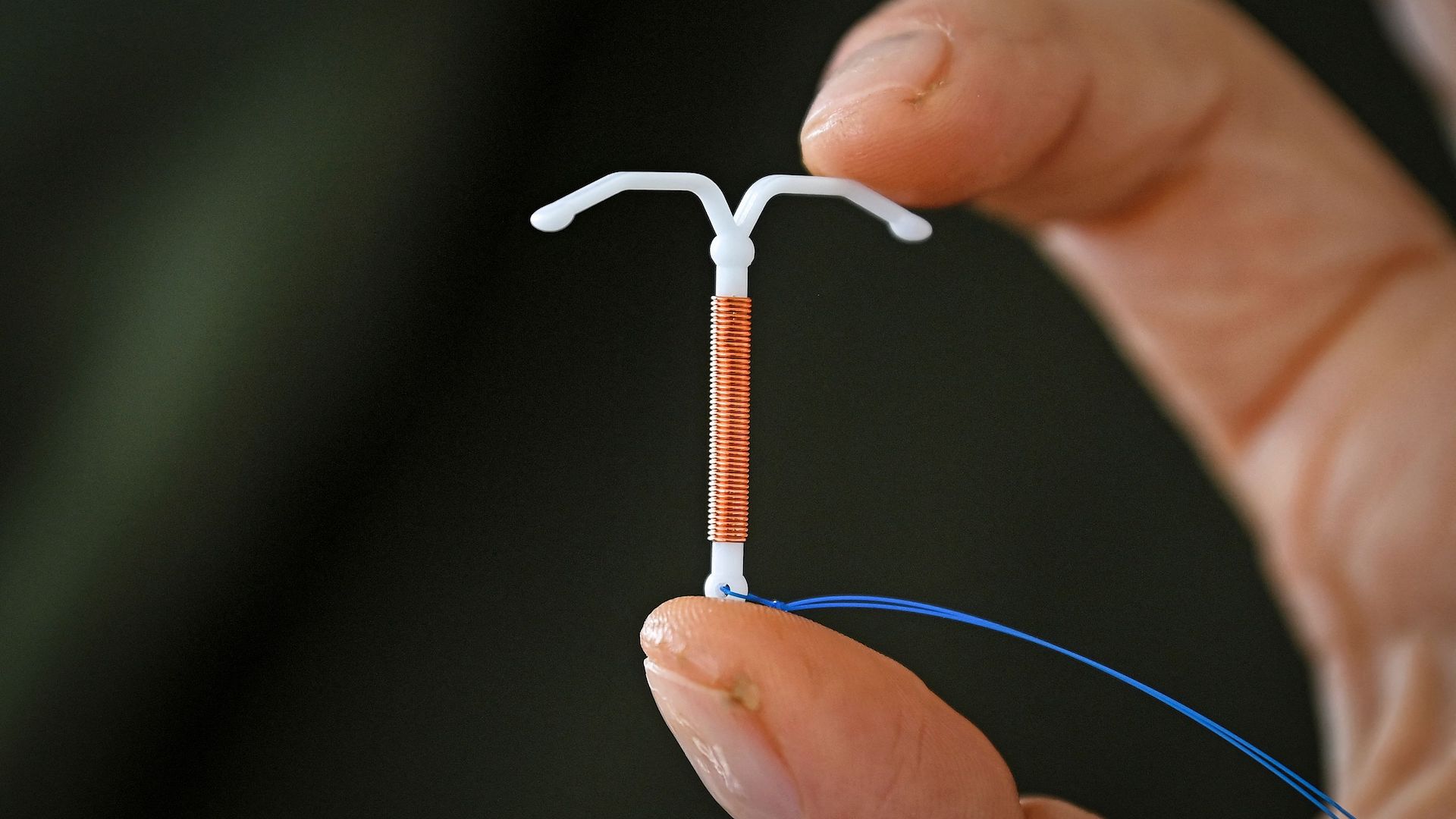Alright, let’s talk about the birth control option that everyone’s been buzzing about lately — not just for its effectiveness (more than 99%, BTW), but for the extreme pain that apparently comes with the territory. You guessed it: the IUD.
In case you didn’t know, IUDs have been making waves as a longterm, “hassle-free” birth control option. But there’s this little device that has been linked to a lot more hassle than you’d think. While it does its job of preventing pregnancy like a pro, getting it inserted or removed can be a nightmare. We’re talking about pain that can range from “Okay, this is uncomfortable” to “Am I giving birth to a metal octopus?”
But acknowledging that there’s pain doesn’t immediately solve all our issues. In fact, The Washington Post recently detailed stories from people who are straight-up refusing to get their IUDs removed. The reason? They’re terrified of the pain. And who can blame them? When the pain is described as basically “torture,” it doesn’t exactly make people eager to get it done.
Is IUD Removal Painful?

Different brands of IUDs can be left in for different periods of time, but just to be general, we’re going to say that IUDs can be left in for about 5-10 years. So why would someone opt to keep an expired piece of metal chilling in their uterus after that? Because the pain of taking it out might just be worse than leaving it in. Yup, that’s where we’re at. Many people are so freaked out by the thought of enduring that pain again that they’re just not doing it. Not only does an IUD become ineffective after it expires, but if left in too long, it can also cause infections.
Some folks are also scarred (literally and emotionally) by past experiences. Imagine going to your doctor for what’s supposed to be a quick in-and-out procedure, only to end up in tears and swearing off gynecological visits forever. It’s no wonder they’re avoiding another round of that trauma.
Here’s another frustrating part of the equation: not all doctors are on the same page when it comes to pain management. Some are out here like, “You’ll just feel a little pinch,” while others admit that, yeah, it’s probably going to suck, but here’s a sedative to help.” The inconsistency is maddening. Women are left to wonder if they’ll get the compassionate care they deserve or if they’re going to be told to just suck it up and deal.
And to make matters worse, all this confusion and fear around pain is leading to a larger issue: people are avoiding the gynecologist altogether. Whether it’s for IUD removals, replacements, or even unrelated procedures, the trauma is real, and it’s causing people to delay necessary care. That’s a problem, especially when we’re talking about something as important as reproductive health.
And let’s not forget the stories of those who’ve taken matters into their own hands — literally — by removing their own IUDs. No I’m serious. It gives you an idea of the desperation they’re feeling. While some doctors say it’s safe in certain cases, it’s still not exactly the recommended route. The fact that some people feel driven to do this speaks volumes about the gaps in care and support.
At the end of the day, no one should have to suffer in silence or fear when it comes to their sexual and reproductive health. The hope is that with more attention on this issue, doctors will start to take pain management seriously and offer the support that’s been missing for way too long.
How To Prepare For IUD Insertion
If you’ve read about the pain levels and are kinda freaked out (fair), here’s how to prep for the procedure. First, it’s probably a good idea to have a light meal or snack — you don’t want to feel dizzy during the procedure. And of course, you might want to take some pain medication before the process. And by “might” I mean “100% will.” You know your pain tolerance better than anyone, so adjust the dosage accordingly.
What’s wild is that for the longest time, the pain caused by IUD insertion wasn’t taken seriously. The CDC just recently finally stepped in and released recommendations for managing the pain associated with IUDs — hallelujah. They even suggested using lidocaine to help numb the area, which, like, shouldn’t that have been a thing already? But for many, this move is the first sign that maybe, just maybe, the medical world is finally getting the memo that women’s pain is, in fact, real. Welcome to 2024, guys!




















































